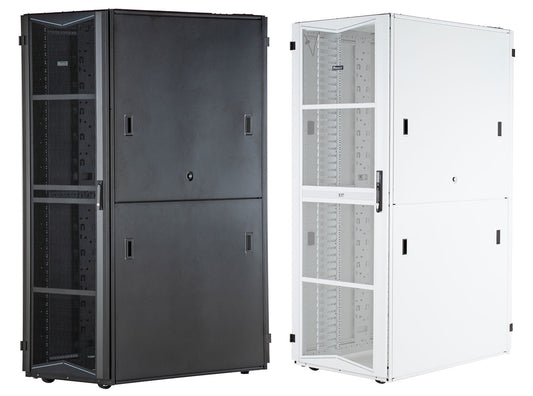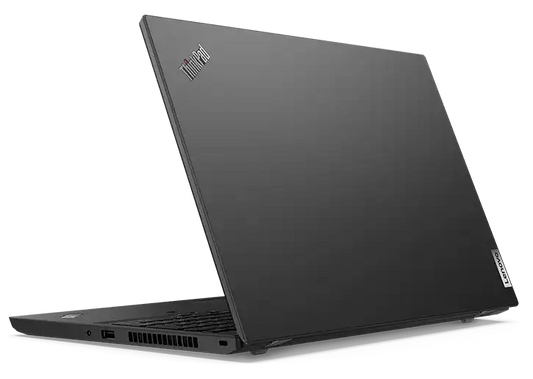The Convergence of IT and OT: Necessitating Industrial Power Protection and Connectivity

The integration of Information Technology (IT) and Operational Technology (OT) in industrial environments has become a defining trend of the modern industrial landscape. This convergence is driving a significant transformation in how industries operate, leading to increased efficiency, productivity, and innovation. However, it also brings to the forefront the critical need for robust power protection and enhanced connectivity solutions. Let's explore why this is essential and how it can be effectively addressed.
Understanding the IT-OT Convergence
The IT-OT convergence refers to the integration of IT systems, which manage data and communications, with OT systems, which monitor and control physical devices and processes. This integration is central to the concept of the Industrial Internet of Things (IIoT) and smart manufacturing.
Key Drivers of IT-OT Convergence
- Data Analytics and Decision Making: Leveraging IT for real-time data analysis improves decision-making in OT.
- Automated Systems: Integration allows for more automated and efficient operational processes.
- Remote Monitoring and Control: IT enables remote operations, significantly benefiting industries like manufacturing, energy, and utilities.
The Need for Industrial Power Protection
As industries rely more on the synergy of IT and OT, the importance of uninterrupted power becomes paramount. Power disruptions can lead to substantial operational downtime, data loss, and even damage to sensitive equipment.
Challenges in Power Protection
- Power Quality Issues: Fluctuations and surges can impact the performance and lifespan of industrial equipment.
- Continuity of Operations: Industries require consistent power to maintain operational continuity and safety.
- Sensitive Equipment: Modern IT and OT equipment are often sensitive to power variations.
Solutions for Power Protection
- Uninterruptible Power Supplies (UPS): UPS systems ensure continuous power supply during outages and protect against power surges.
- Power Conditioning Devices: These devices regulate power quality, safeguarding equipment from voltage fluctuations.
- Redundant Power Systems: Implementing redundant power systems can minimize downtime during power failures.
Enhancing Connectivity in Industrial Environments
The effectiveness of IT-OT integration heavily relies on robust connectivity solutions. As operations become more data-driven and interconnected, the demand for reliable and fast communication networks increases.
Challenges in Connectivity
- Network Reliability: Industrial environments require networks that are resilient to physical and cyber disruptions.
- Bandwidth and Speed: The large volume of data generated by industrial processes necessitates high-speed, high-bandwidth networks.
- Interoperability: Diverse IT and OT systems need to communicate seamlessly.
Connectivity Solutions
- Industrial Ethernet: Offers high-speed, reliable connectivity and is increasingly replacing traditional fieldbuses.
- Wireless Technologies: Technologies like Wi-Fi, 5G, and LPWAN are being adopted for their flexibility and range.
- Edge Computing: Processing data closer to its source reduces latency and bandwidth demands on central servers.
Best Practices for Power Protection and Connectivity
- Regular Assessments: Conduct regular assessments of power and connectivity needs as operations and technologies evolve.
- Training and Awareness: Ensure staff are trained and aware of the importance of power protection and connectivity.
- Future-Proofing: Invest in scalable and adaptable solutions to accommodate future technological advancements.
Conclusion
The convergence of IT and OT in industrial settings is not just a trend but a fundamental shift in how industries operate. This shift necessitates a strong focus on industrial power protection and enhanced connectivity solutions. By understanding the challenges and implementing effective strategies and technologies, industries can safeguard their operations, minimize downtime, and fully leverage the benefits of IT-OT integration. This approach will not only ensure operational resilience but also pave the way for future innovations and advancements in the industrial sector.



